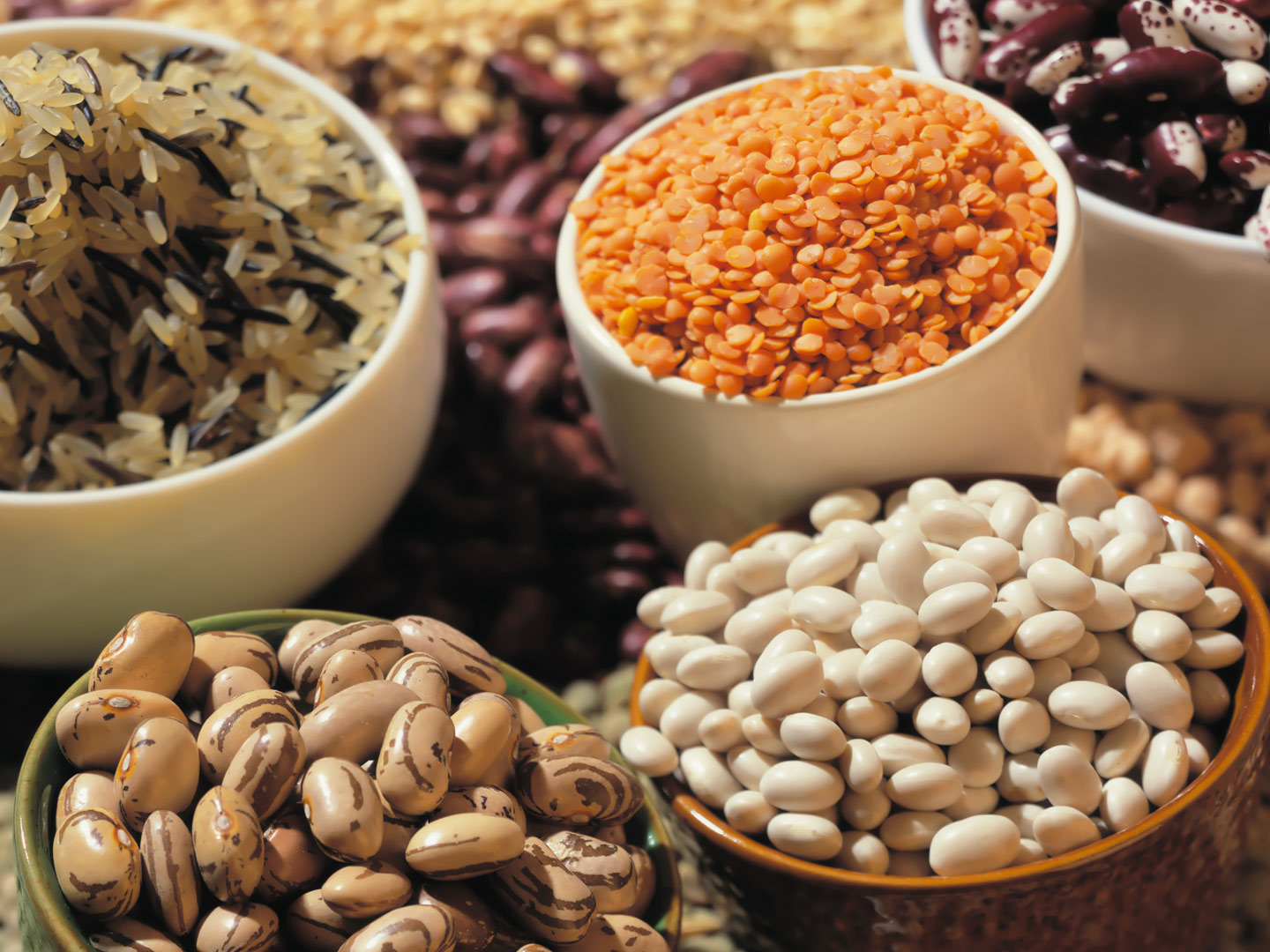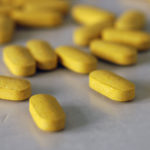Vitamin B5, Pantothenic Acid

What Is Vitamin B5?
Vitamin B5, more commonly known as pantothenic acid, is a water-soluble nutrient that is part of the B vitamin family. The B vitamins help support adrenal function and a healthy nervous system. The vitamin’s name derives from the Greek word pantothen, meaning “from everywhere,” reflecting the fact that small amounts of pantothenic acid can be found in nearly every food.
Why Is Vitamin B5 Necessary?
Pantothenic acid is vital in the metabolism of proteins, carbohydrates, and fats; for healthy skin; and is used in the synthesis of coenzyme A (CoA), an enzyme that participates in a variety of reactions in the body, especially the breaking down of fatty acids. Pantothenic acid deficiency is a rare but serious condition that can cause numbness and burning sensations in the hands and feet as well as headaches, fatigue, and insomnia. Since pantothenic acid is involved in a wide variety of biological functions, deficiencies of the vitamin may not be easily identified or may be masked by other nutrient deficiencies.
How Much Vitamin B5 Does An Adult Need?
The U.S. Food and Nutrition Board of the National Academy of Science’s Institute of Medicine recommends a daily adequate intake (AI) of 5 mg for both men and women.
The recommended daily AI for pregnant women is 6 mg, and seven mg for breastfeeding women. There is no known toxicity level for pantothenic acid in humans, but gastrointestinal side effects such as nausea and heartburn have been reported in doses up to 1,200 mg.
How Much Does A Child Need?
The U.S. Food and Nutrition Board of the National Academy of Science’s Institute of Medicine makes the following recommendations for daily AI:
- infants from birth to six months: 1.7 mg
- infants from seven months to 12 months: 1.8 mg
- children between the ages of one and three: 2 mg
- children between the ages of four and eight: 3 mg
- children between the ages of nine and 13: 4 mg
- and children between the ages of 14 and 18 is the same as adults: 5 mg per day.
How Do You Get Enough Vitamin B5 From Foods?
Pantothenic acid is a common nutrient that is found in a variety of foods in at least a small amount. The highest amounts of pantothenic acid are found in whole grain cereals, eggs, meat, legumes, avocado, and yogurt. Studies have shown processing and refining grains result in large losses of pantothenic acid, in some cases up to 75 percent, but since the nutrient is found in a wide array of foods, there is little risk of deficiency. The only documented cases have been in conjunction with severe malnutrition. Find more information about B vitamin foods from our infographic.
Are There Any Risks Associated With Consuming Too Much Vitamin B5?
The Food and Nutrition Board of the Institute of Medicine has not established a tolerable upper level of intake (UL). The only known adverse effect is diarrhea as a result of very high intakes – between 10 and 20 grams – of calcium D-pantothenate, a common supplement. Gastrointestinal side effects, such as heartburn and nausea, have also been noted with pantothenic acid doses up to 1,200 mg.
Are There Any Other Special Considerations?
- Some studies have shown the administration of oral pantothenic acid and a pantothenol ointment on the skin can shorten the healing time of wounds and reduce scar tissue. However, other studies have shown no significant acceleration or improvement of the wound-healing process.
- Pantethine, a derivative of pantothenic acid, may have a cholesterol-lowering effect in humans.
- Avocados contain the highest amount of pantothenic acid among commonly consumed foods, with one fruit containing about two mg.
- Contraceptives that contain progestin and estrogen may result in increased metabolism of pantothenic acid.











